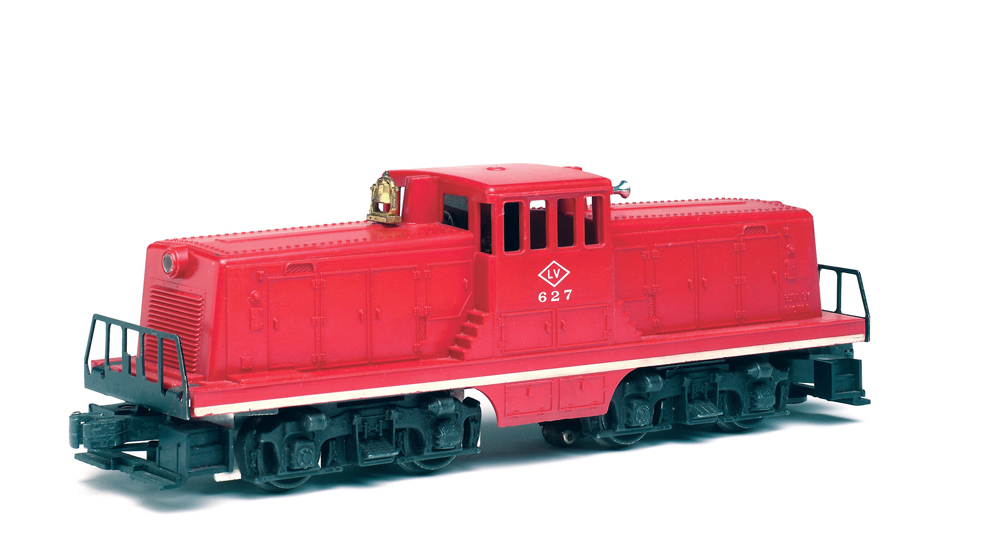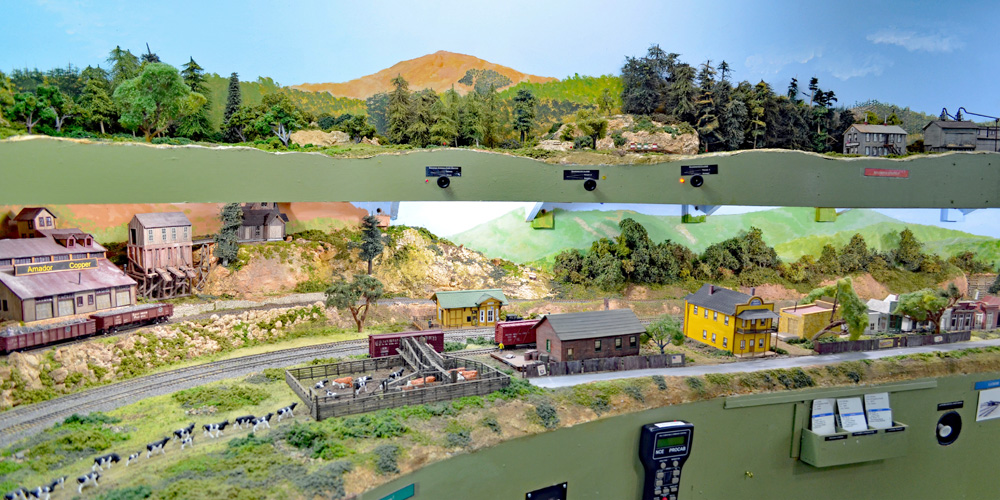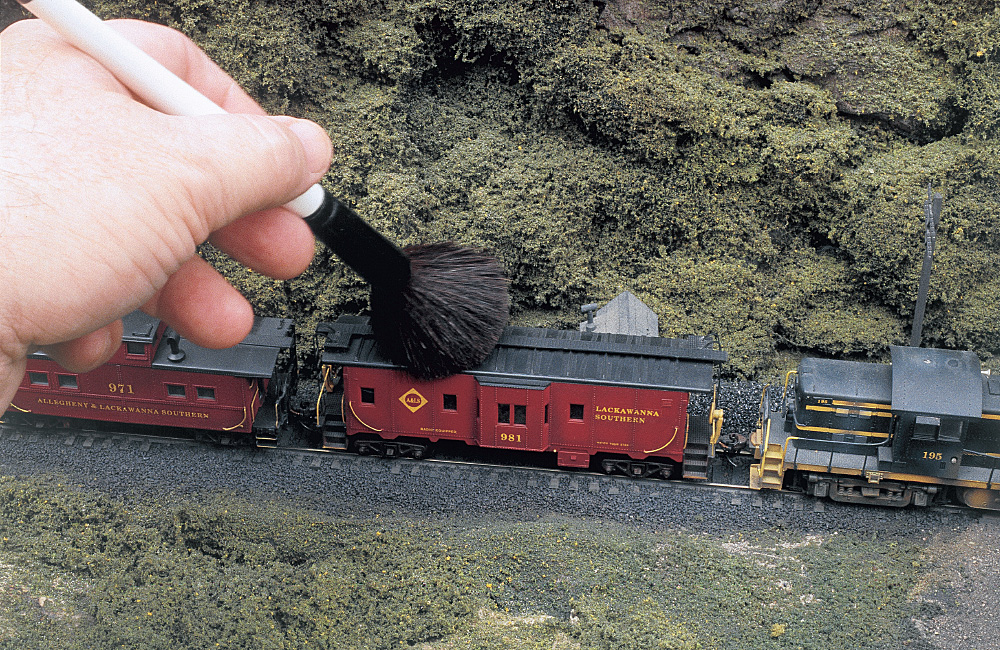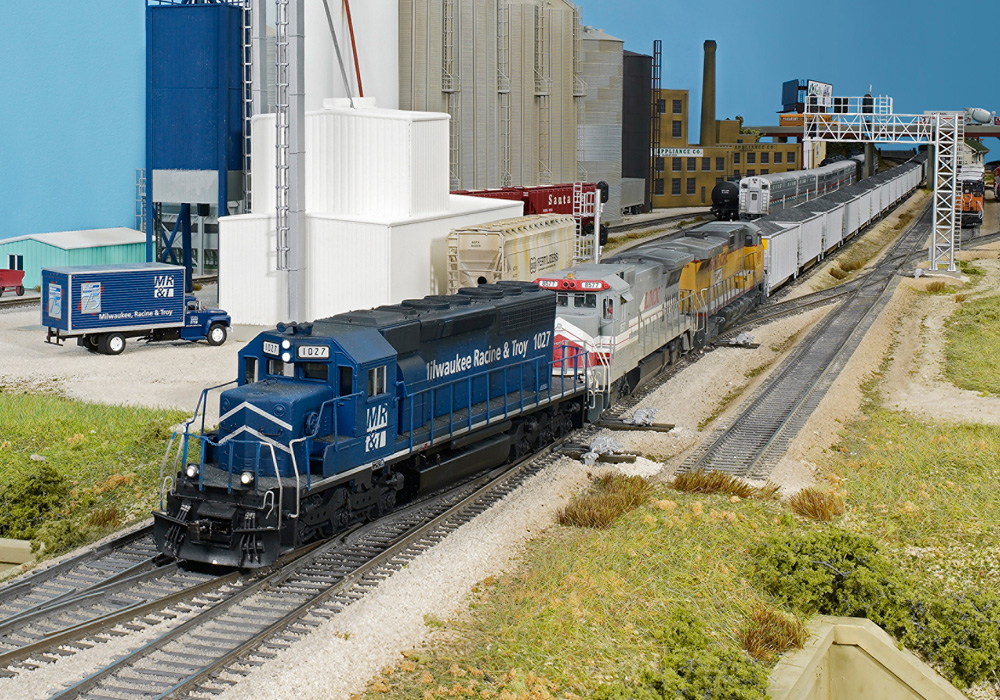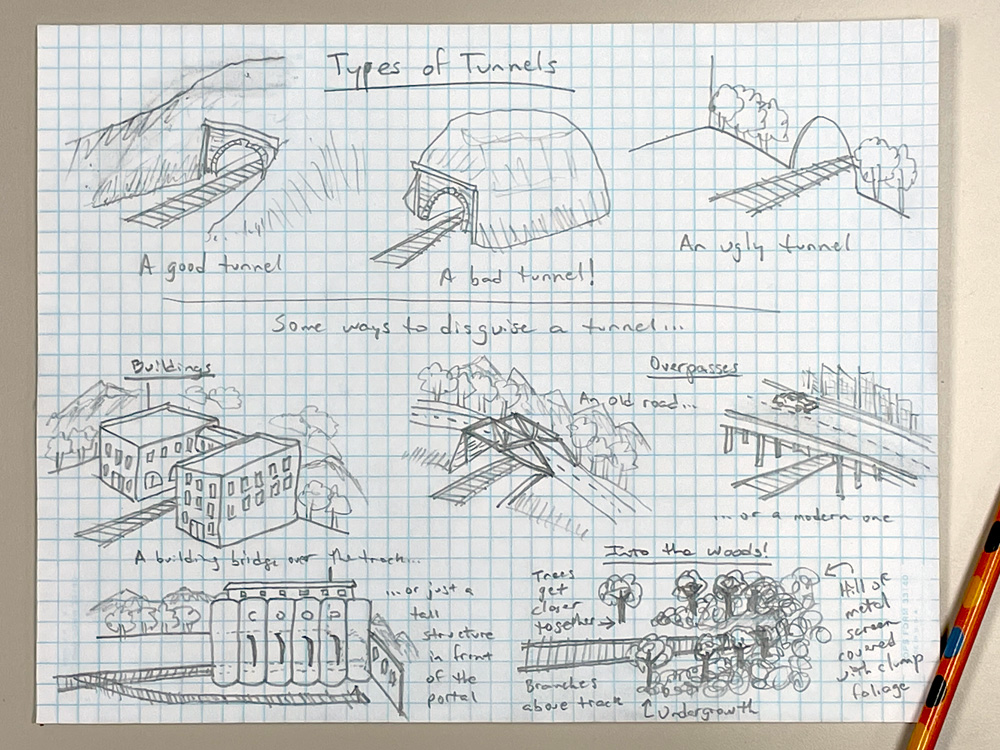
Let’s look at some different types of tunnels. In the real world, tunnels are incredibly expensive to build and maintain. Prototype railroads would only dig a tunnel when there was no other way through or around an obstruction like a mountain, a river, or a built-up city.
However, some types of tunnels are often necessary on model railroads. You don’t only need them if you’re modeling a prototype that had them. They’re also useful for disguising a return loop, passing through the backdrop to go from one geographic locale to another, passing through basement walls, and entering and exiting such non-prototypical but necessary layout features as hidden staging and helixes.
There’s a right way and a wrong way to model a tunnel. The best look like a tunnel on the prototype. Take a look at the “good tunnel” on my sketch. Notice how the railroad has “daylighted” as much track as possible by digging into the hill before the tunnel proper starts. Not only is a cut cheaper than a tunnel to build and maintain, it’s also easier to maintain the track and recover a broken-down train in a cut than it is in a tunnel. (These are considerations on model railroads as well as on the prototype, so always remember to leave a way to access your hidden track in case the worst happens.) If it’s deep enough and your layout’s track elevation is close to eye level, a cut can serve many of the same purposes as a tunnel.
Now look at the “bad tunnel.” You may recognize it as resembling those cheap expanded-foam tunnels sold in the toy train section of stores. In the real world, a railroad would just route around such an obstruction.
But at least it has a tunnel portal. The “ugly tunnel” doesn’t even have that. A train that visibly passes through the backdrop like this is an unwelcome reminder that we’re looking at a model railroad, rather than a believable representation of the prototype.
Types of tunnels for flatland railroads
What do you do if you’re modeling a flatland railroad, but you really need to send your trains somewhere off layout via a tunnel? You still have non-ugly options. Let’s look at some types of tunnels that will work on almost any layout.
Tunnels don’t just go through mountains; sometimes they go through buildings. Putting two parts of a large industry (like a factory, refinery, or steel mill) on opposite sides of the track, then connecting the buildings with an over-the-track bridge, can serve the same purpose as a tunnel. On the Cincinnati, Lebanon & Northern, the 1906 short line I model at home, the Baldwin Piano Factory in Norwood, Ohio, was set up this way, spanning the main line. The Pennsylvania RR later merged the CL&N, so there’s a Class I prototype for that.
Structures can also be used as simple view blocks to conceal a track penetrating the backdrop. In Milwaukee on Model Railroader’s HO scale Milwaukee, Racine & Troy, this technique is used to conceal the entrance to staging. I also used this technique on our 2015 project layout, the N scale Red Oak. On that compact model railroad, cylindrical grain bins conceal the branch line’s entrance to staging.
I used a couple other techniques to hide different types of tunnels on the Red Oak, which represented the decidedly mountain-free state of Iowa. The main line goes through the backdrop on both ends to reach staging. To disguise the opening in the backdrop, on the left I used a deck-girder road bridge on pile trestles. Clump foliage glued to the backdrop above and behind the bridge represented a distant tree line and concealed the top of the opening.
On the right side, I added trees and rising banks of undergrowth on both sides of the main line in addition to clump foliage around the opening. This gave the illusion of entering the woods, with tree limbs extending above the tracks in a natural canopy. Foliage-covered screens were added behind the portals so even if you could see them, what you see beyond looks like a natural extension of the scenery, not unprototypical staging.
I built a more elaborate entrance to the forest on my N scale Spartanburg Subdivision layout. If my sketch looks a little hard to read, check out my “Step By Step” in our July 2009 issue. This tunnel didn’t go through a backdrop, so I had to get creative. I wanted the train to disappear gradually into an increasingly dense forest canopy. So I covered the track with a hill of brown-painted window screen, then covered most of it with plaster cloth and clump foliage to represent the forest canopy. Around the entrance to the tunnel, though, I left off the hardshell, gluing smaller bits of foliage to the screen to give it a see-through effect. More trees and foliage on either side of the entrance gave the track a gradual and natural-looking entrance to the tunnel.
Practically anything that can extend over a track – a bridge, a building, trees, a station canopy, a snow shed or slide shed, even a signal bridge – can be used to disguise openings in the backdrop or other types of tunnels. Even if your prototype didn’t have any tunnels, you have options.






